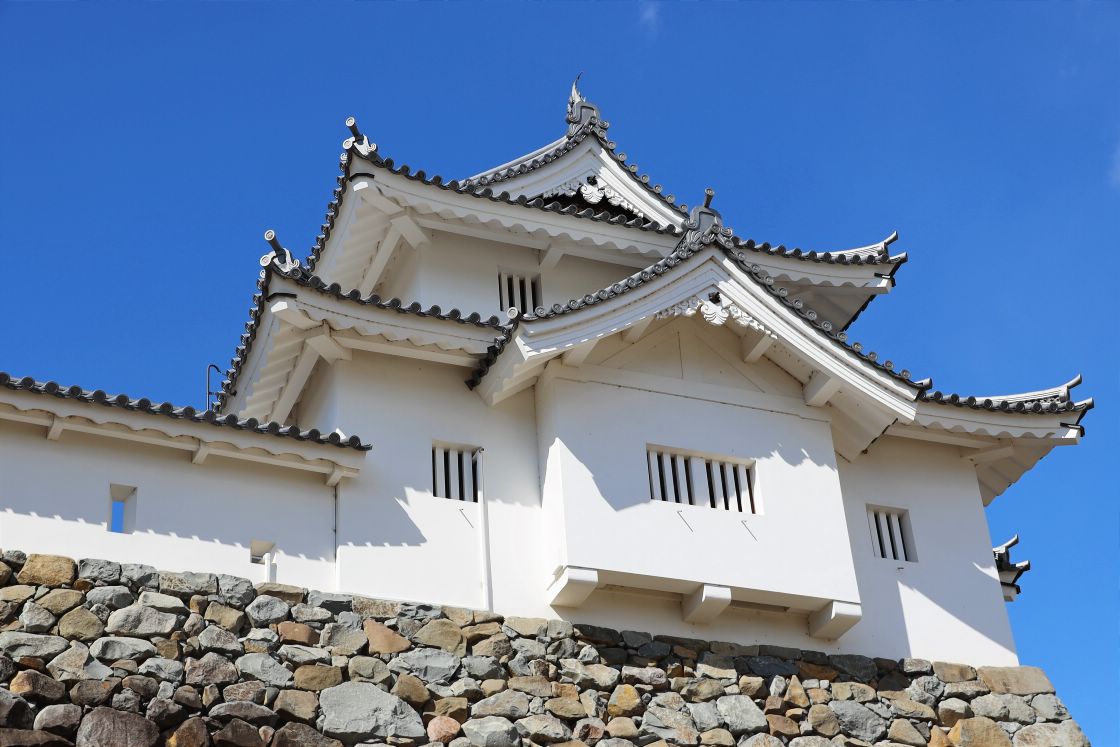History and fine wine in Kofu: the mountain city of Takeda Shingen
Of the many great samurai warlords of the warring states period, Takeda Shingen can be said to hold a special place in the Japanese imagination. Best known in the west for his appearance in the Kurosawa epic Kagemusha, here he is something more akin to a folk hero, and his story is closely intertwined with that of Kofu. Stepping off the Limited Express Azusa just 90 minutes from the bright lights of Shinjuku, I catch my first glimpse of him almost immediately where his statue sits in full armor outside the station.
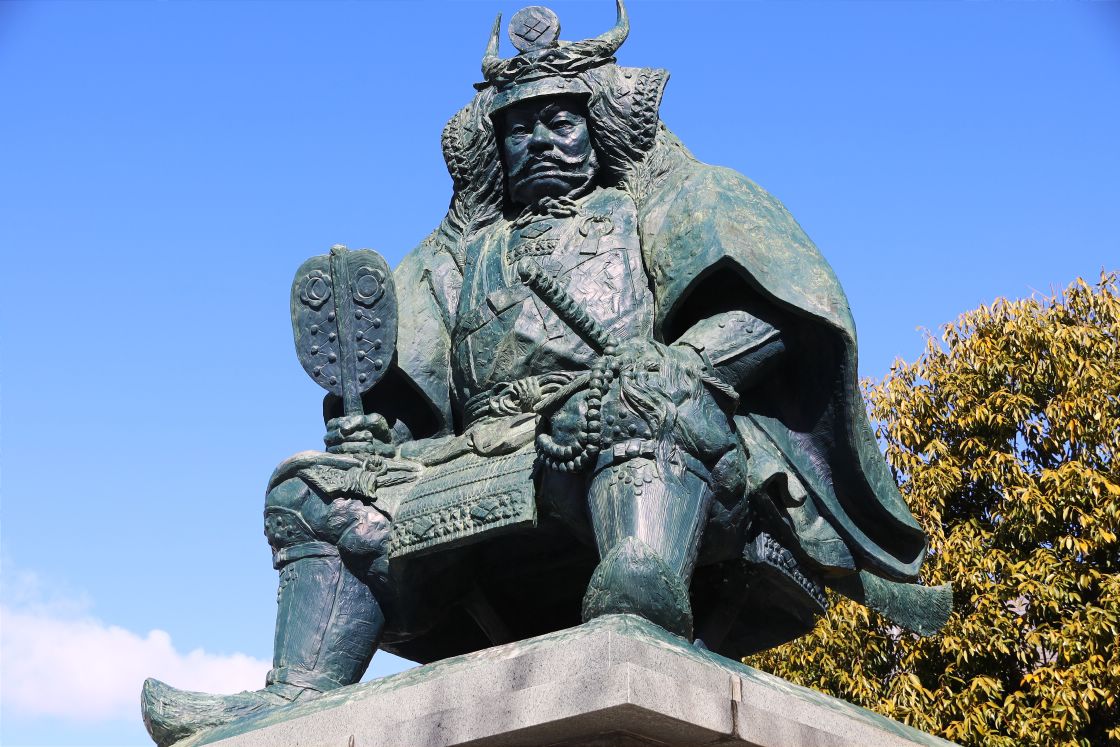
Day 1
My first stop of the day is the atmospheric Kai Zenkoji, a Buddhist temple built by Shingen to store treasures from its namesake in Nagano when the city was threatened by his chief rival Uesugi Kenshin. Inside the temple's main hall, now the largest wooden structure in eastern Japan, a friendly monk encourages me to stand and clap under a painted swirling dragon, where unique acoustic properties cause the sound to reflect straight back at me. Behind it, a narrow staircase leads into a darkened passageway where visitors feel their way through by touch, searching for a heavy iron "key to paradise".
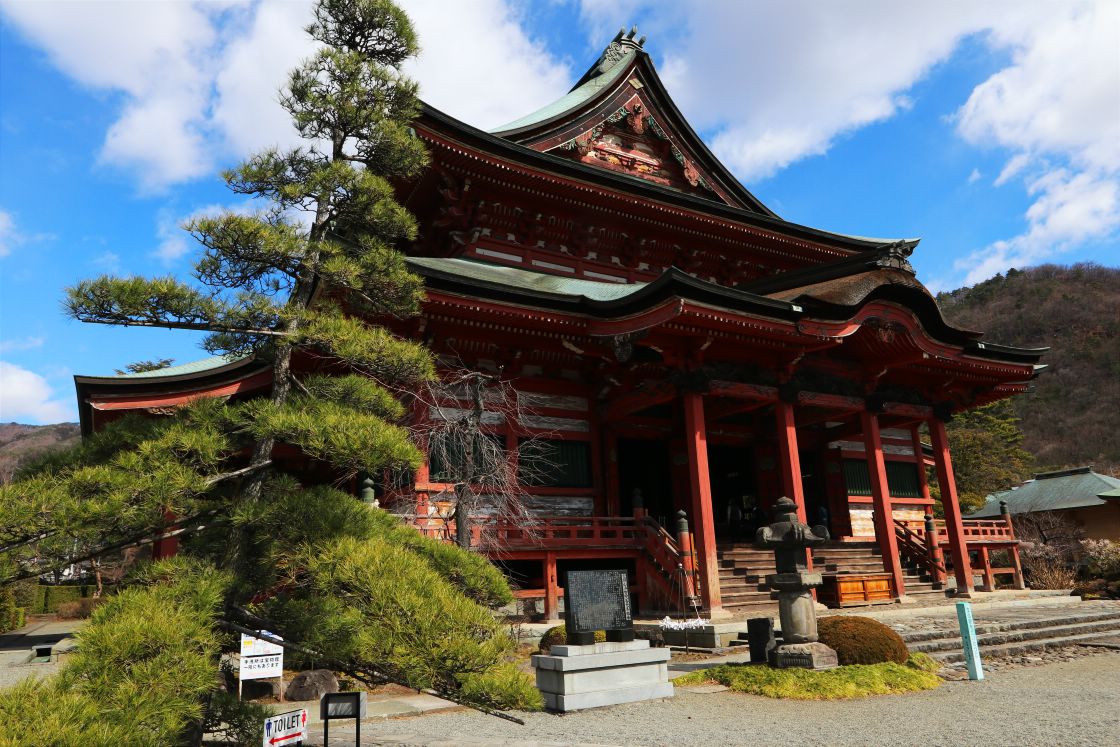
Ten minutes north of Kofu station by bus, the spirit of Shingen is venerated as a kami at Takeda Jinja, an attractive, leafy Shinto shrine located on the site of his fortress home at Tsutsujigasaki. Traces of the old residence can still be seen in the crescent-shaped moat and defensive stoneworks at the entrance, but the real must-see for samurai buffs is the treasure house, where beautifully preserved arms and armor are displayed alongside scrolls and manuscripts depicting Shingen, his legendary twenty-four generals and the Takeda army.
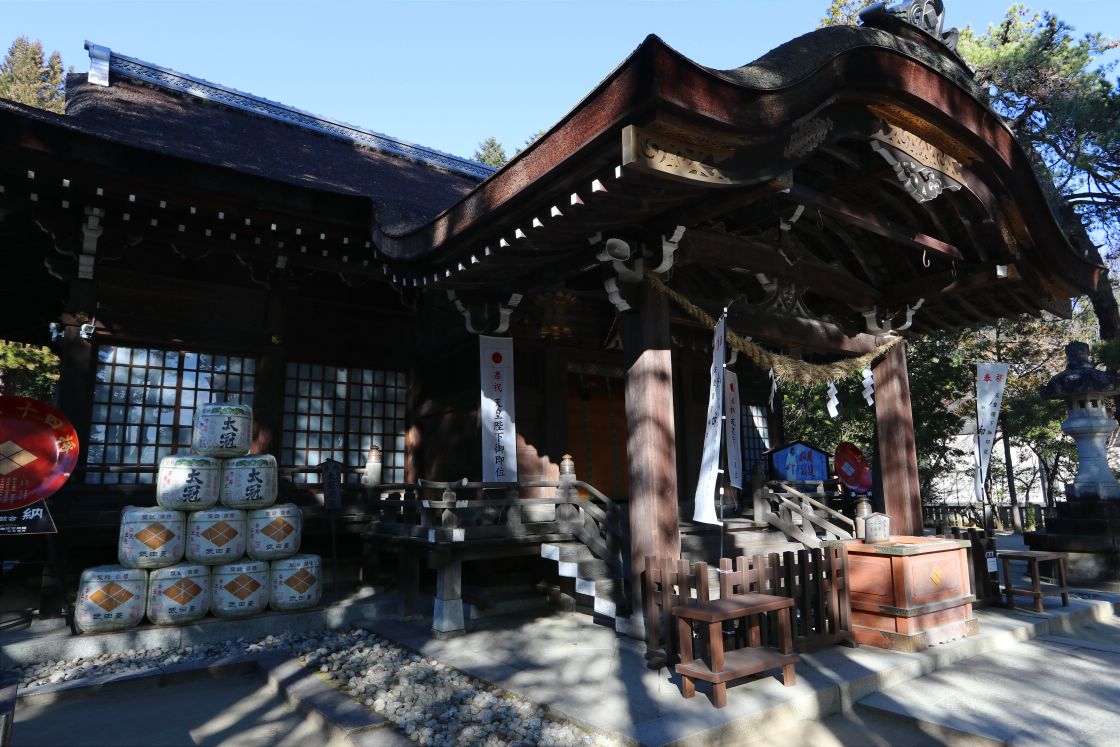
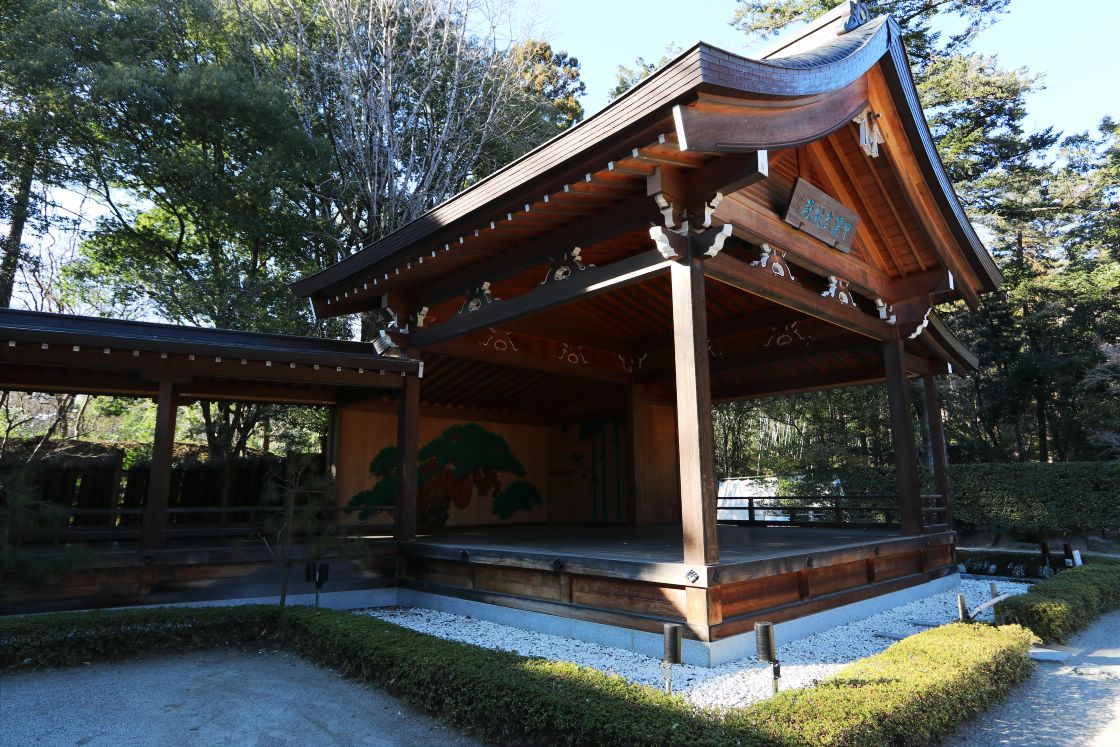
After Shingen's death and a costly defeat at the battle of Nagashino in 1575, the once great Takeda clan went into sharp decline and were soon swallowed by allies Oda Nobunaga and Tokugawa Ieyasu, later the first shogun of a united Japan. After Nobunaga's assassination, control of Kai province passed to his retainer Toyotomi Hideyoshi, who began construction of Kofu Castle, a short walk from the station's south entrance.
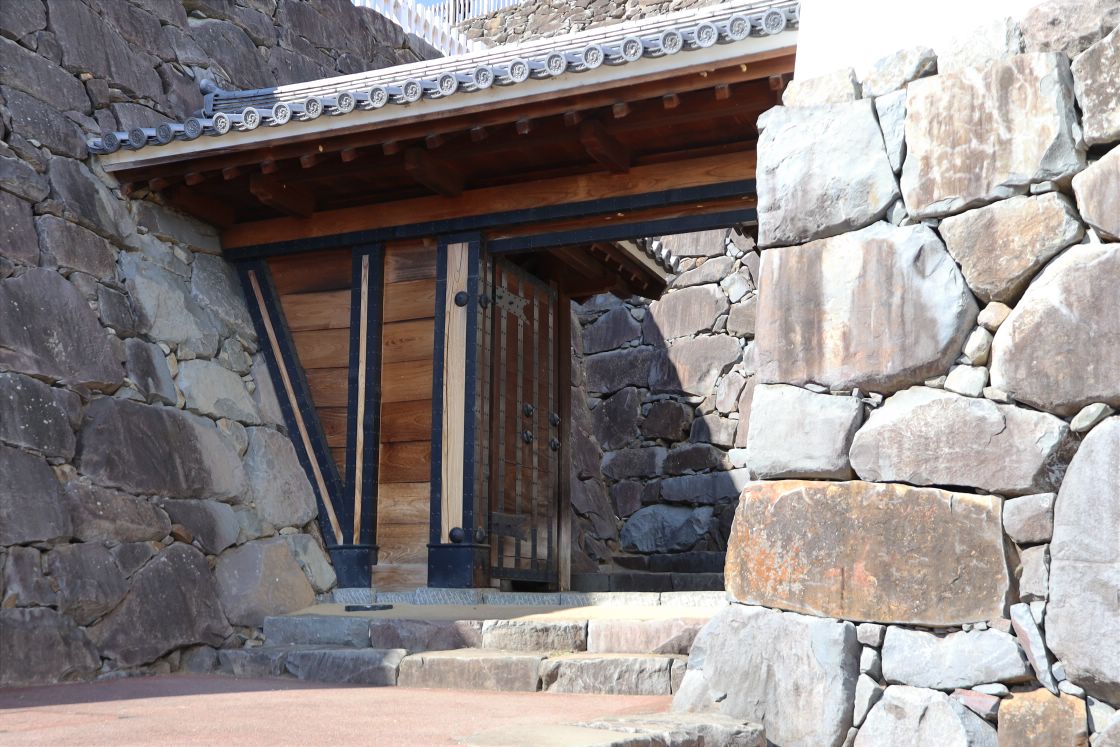
Of the buildings visible in the attractive castle park today, only the moat and impressive defensive walls remain from the more extensive original, destroyed by fire and later demolished in the 19th century. The elegant two-story Inari Yagura turret, painstakingly built using traditional methods drawn from contemporary manuscripts, contains the castle's few surviving artifacts and offers a brief but tantalising glimpse of an authentic castle interior.
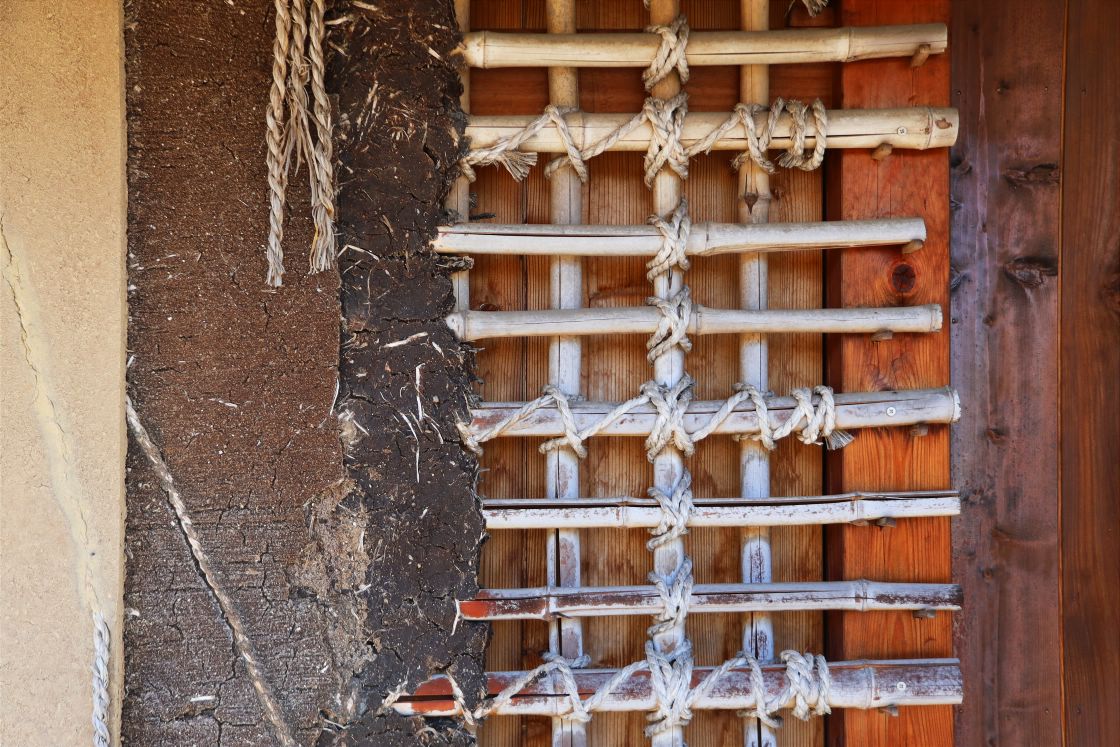
The original keep at the center of the fortress is long gone but the tall stone foundations remain, offering an unobstructed panorama of the city and surrounding mountains. For me, most striking of all are the restored castle gates, looming impressively from above as you follow the uphill paths toward the center.
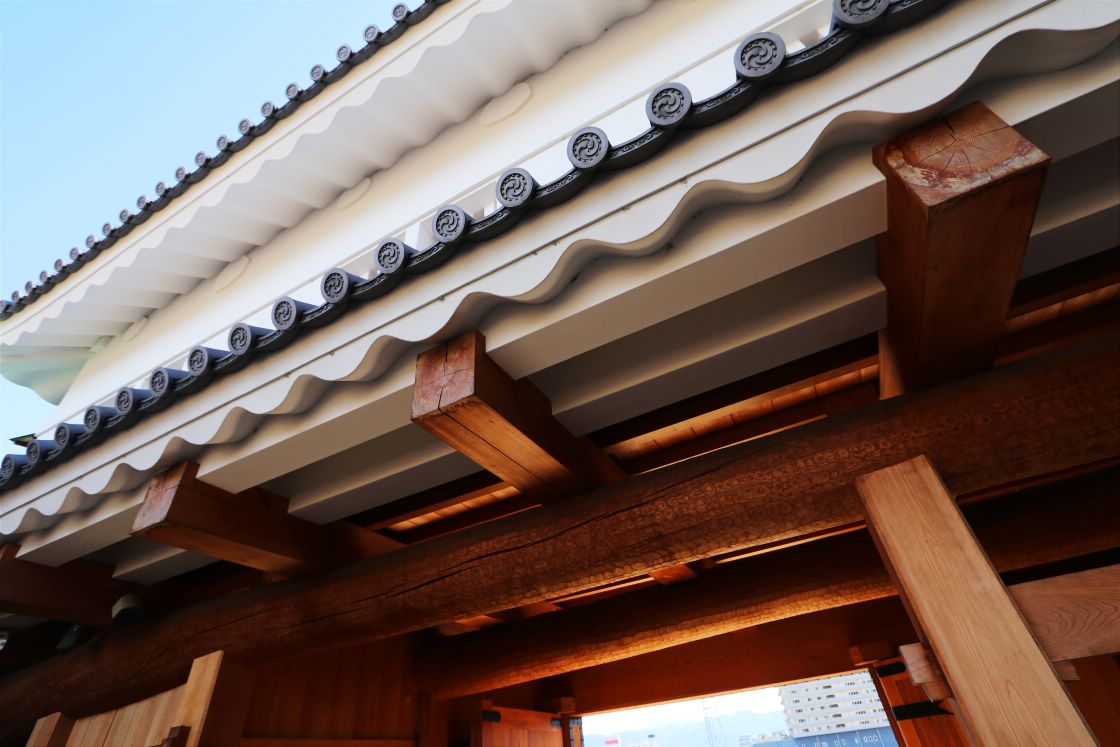
Across the tracks from the castle park I find Koshu Yume Koji, a reconstructed Meiji-era street complete with shops resembling old storehouses and a belltower, once a landmark of Yamanashi prefecture.
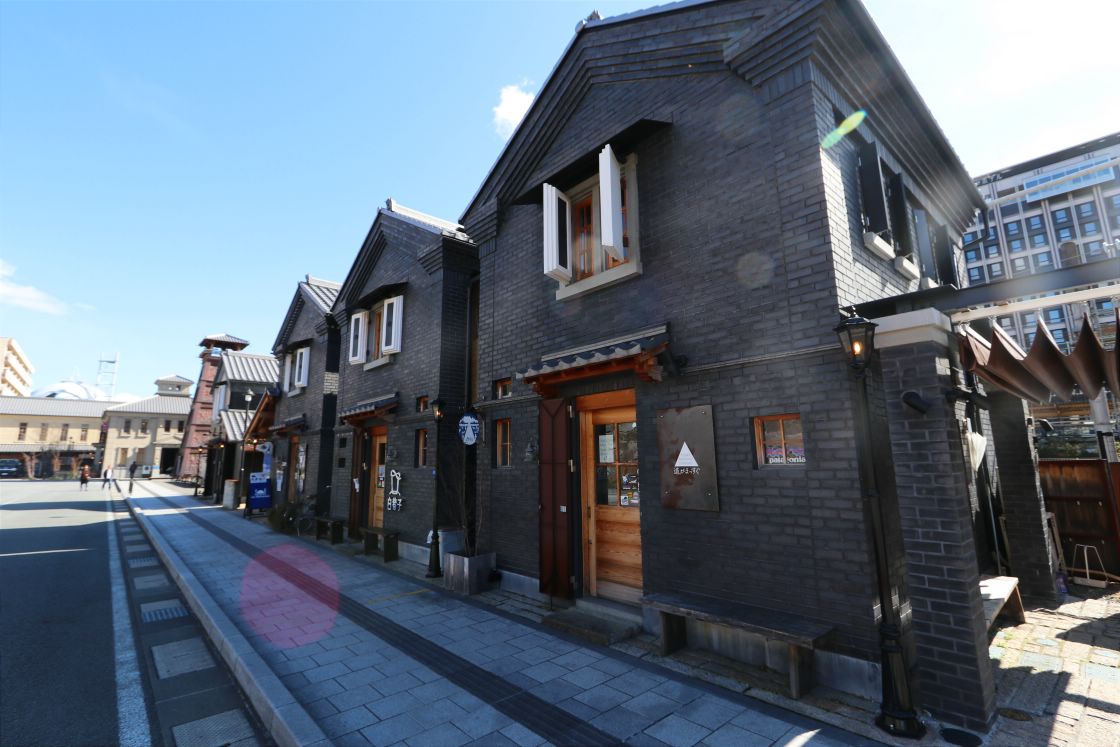
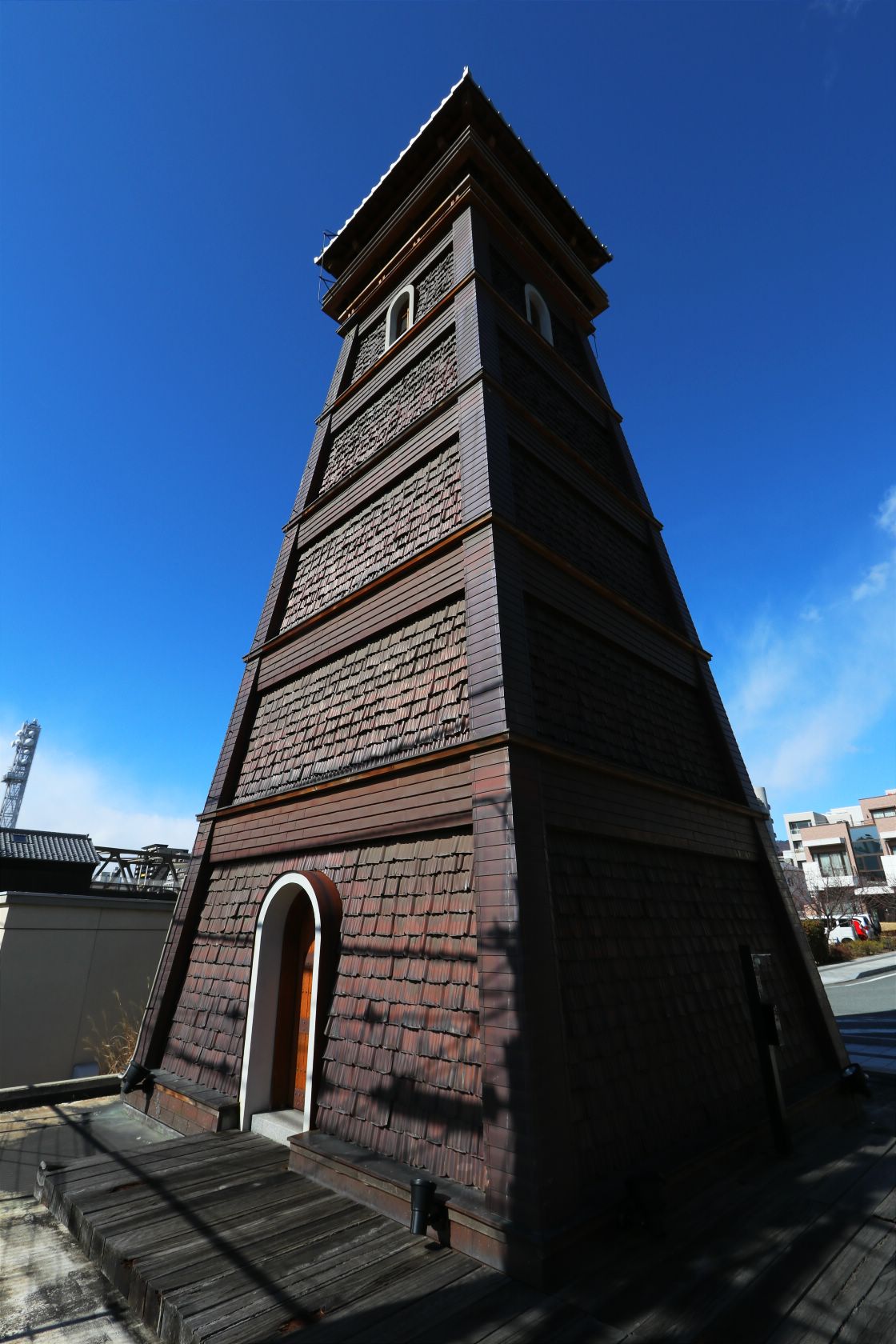
Particularly beautiful is a large house called Tamaya, built in kabuto-dukuri or folk style - climb the tiny staircase from the ground floor jewelry shop and you'll find yourself in a charming exhibition space nestled amongst thick period beams.
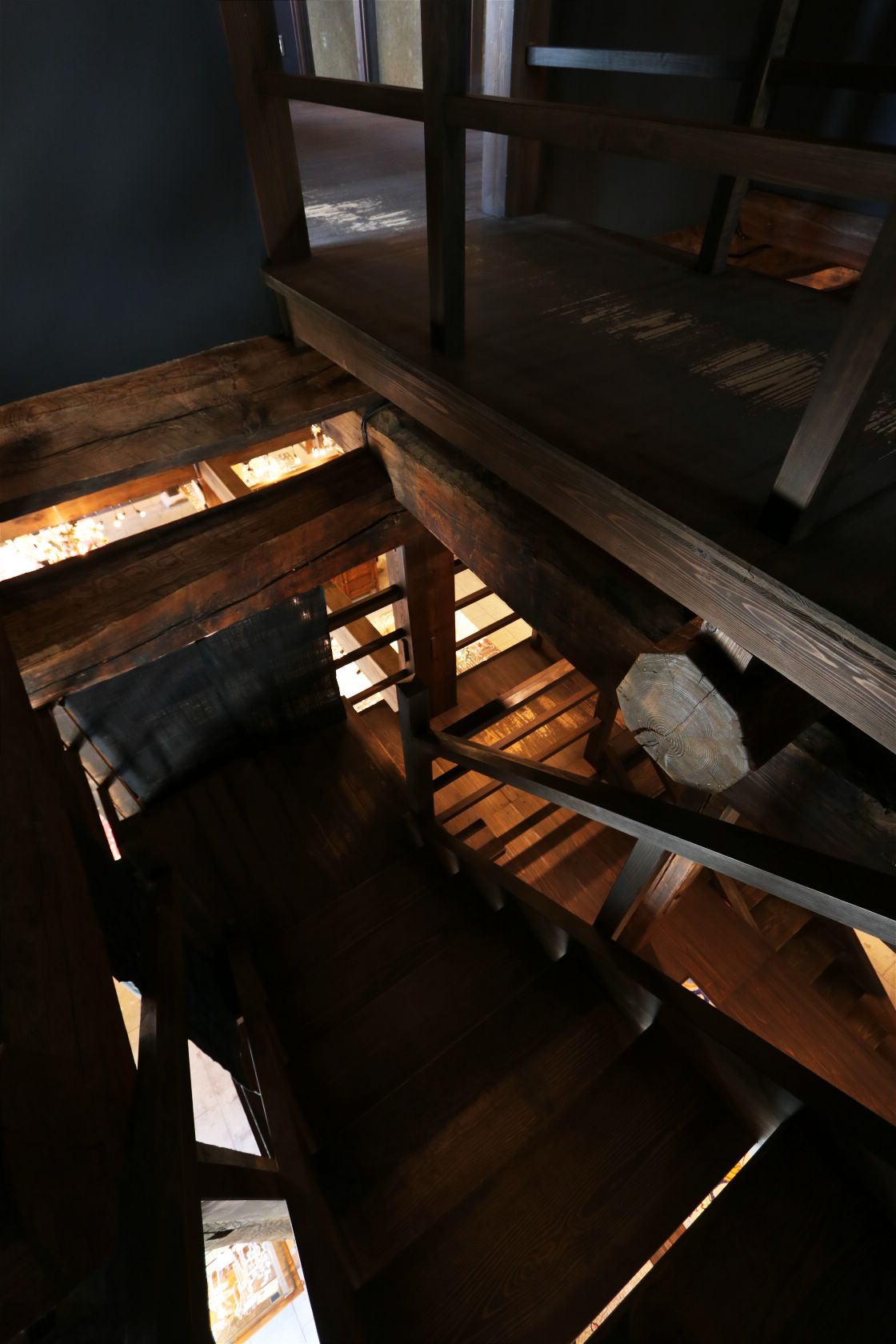
For lunch I head to Kosaku, a cosy traditional restaurant by the station famous for hoto noodles. A delicious and very filling dish local to Yamanashi prefecture, hoto are thick wheat noodles in a thick miso broth with seasonal vegetables, traditionally in an iron pot.
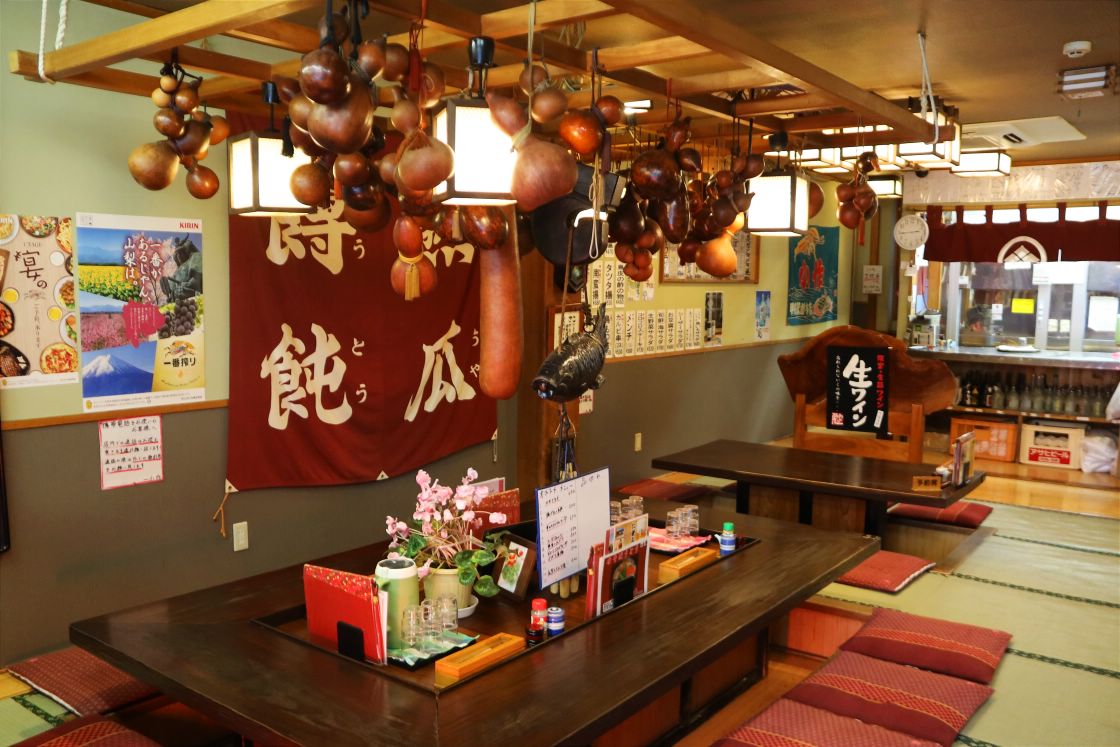
I ordered mine with pork and a side-dish of another local favourite - basashi or raw horsemeat served with soy and ginger. Various legends connect this special dish with Shingen himself, which is why many noodle shops announce them with the words of his war banner, Fu Rin Ka Zan (Wind, Forest, Fire, Mountain).
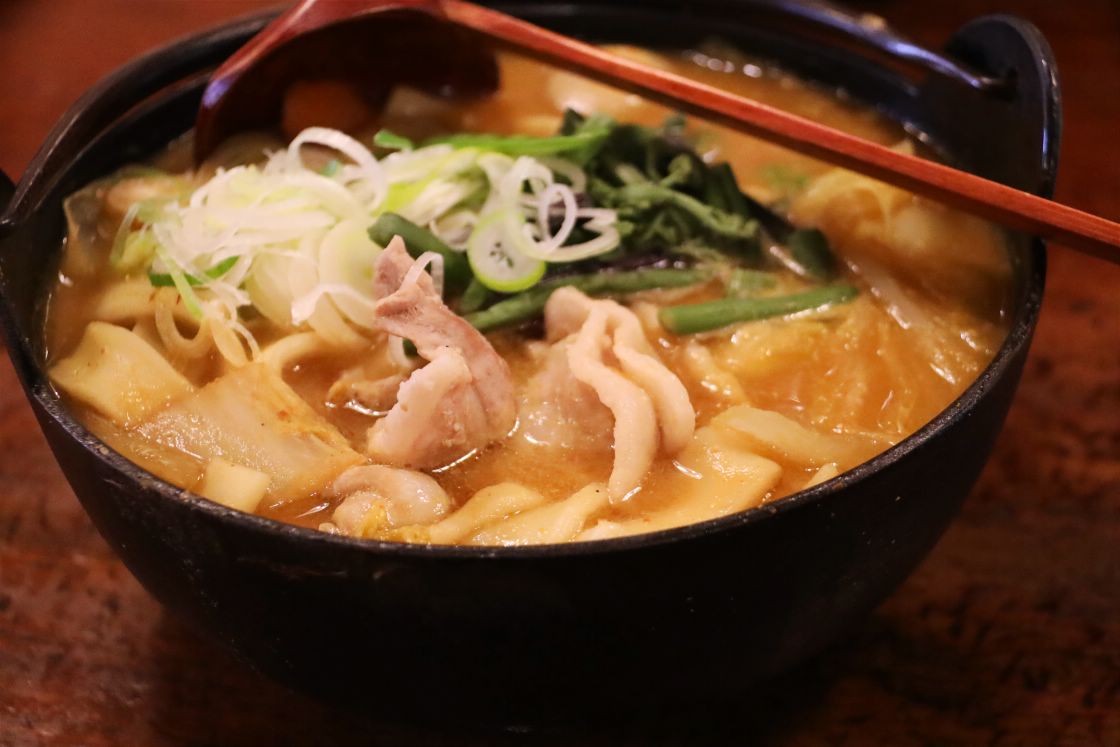
Combining a latitudinal parity with the south of Spain, low annual precipitation and a wide range of hot and cold weather conducive to sweet and juicy fruit, Yamanashi is both the highest fruit producer of Japan's 47 prefectures and the center of its wine industry.
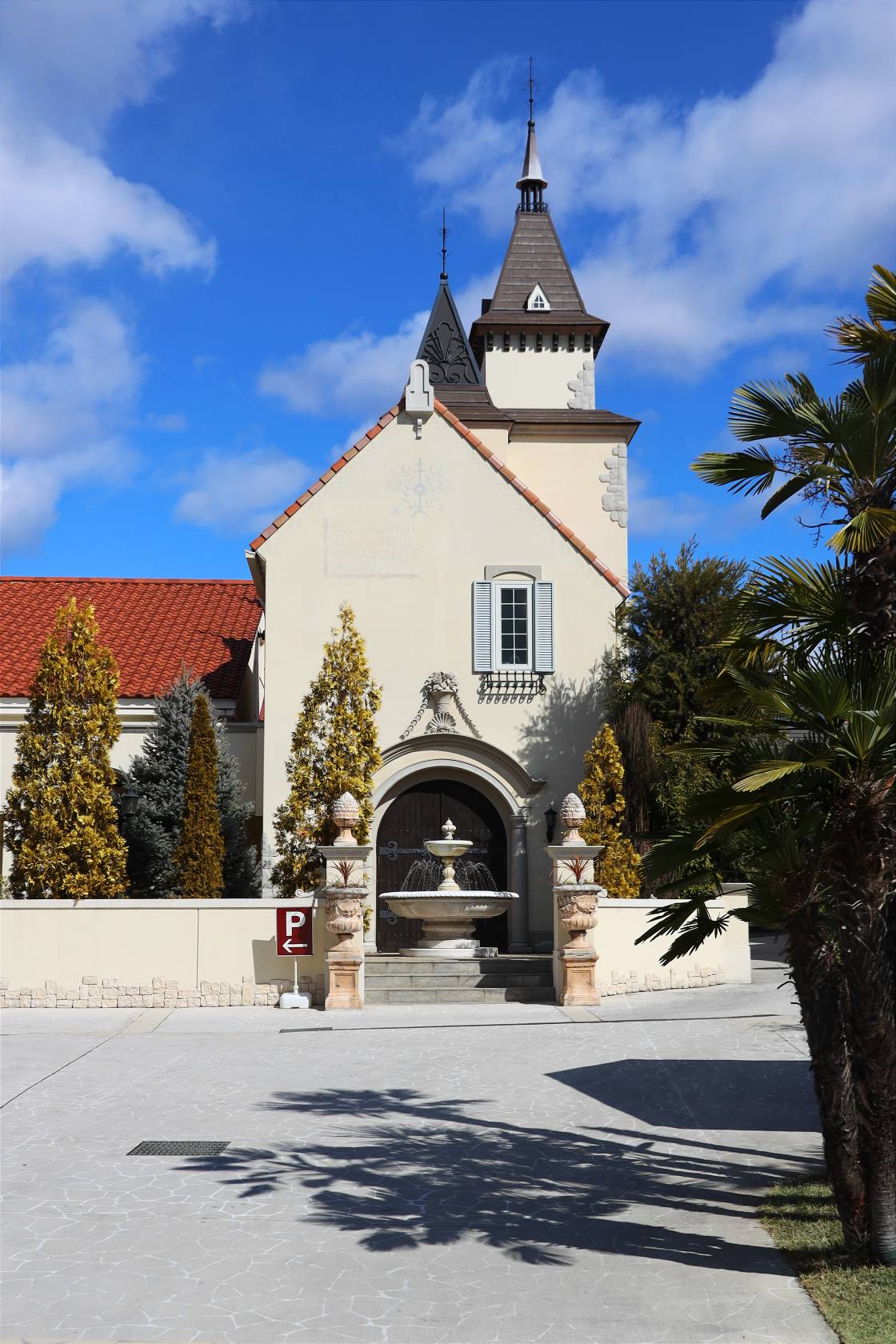
A short walk from the station, I drop by the famous Sadoya Winery for a short tour of their cellar and a tasting of two of their most popular bottlings - a light and fruity Cabernet Sauvignon, and a sparkling white. The latter, made entirely from local grapes and yeast to mark the city's 500th anniversary, was a genuine surprise - a dry, complex taste with real bite and a joy to drink.
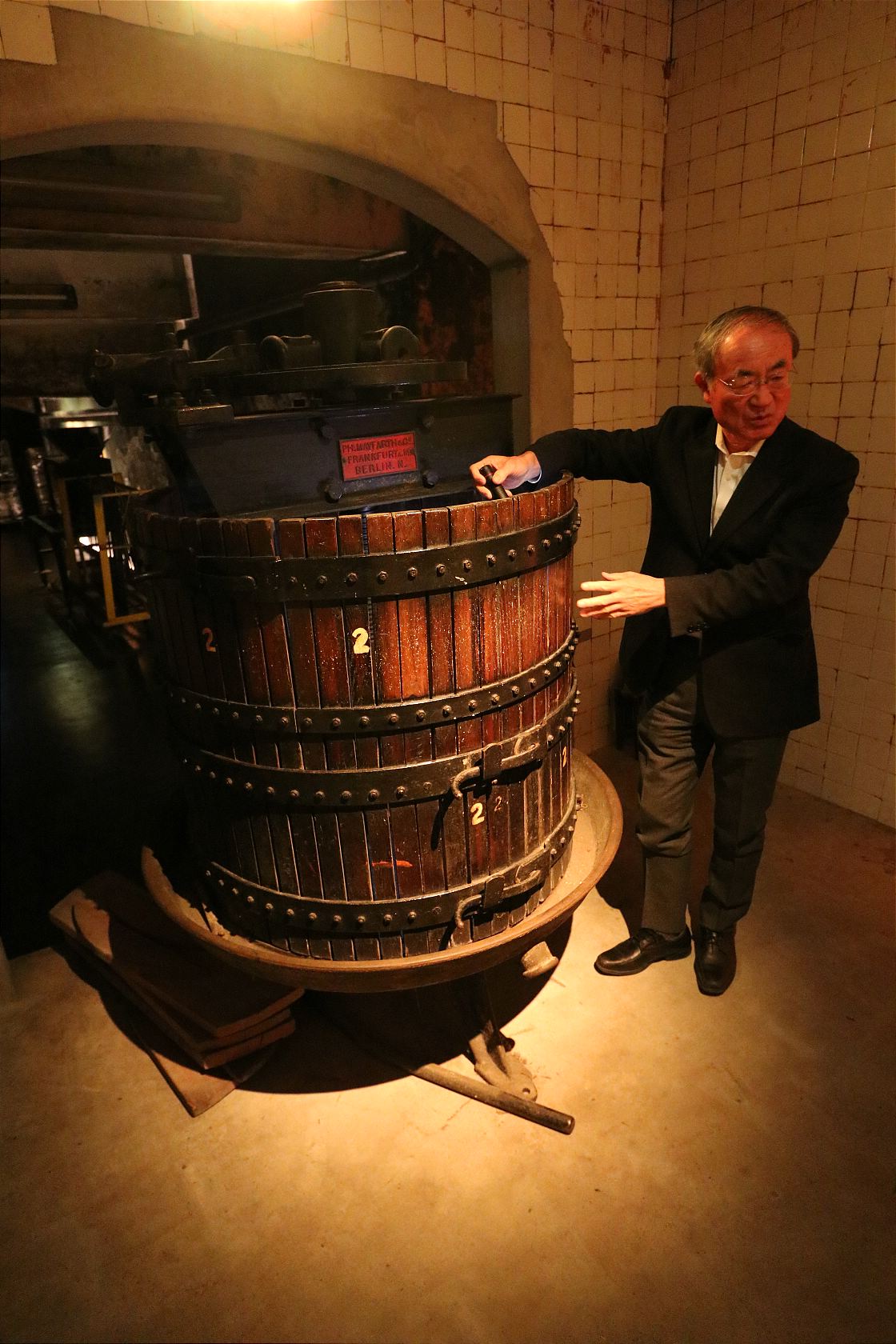
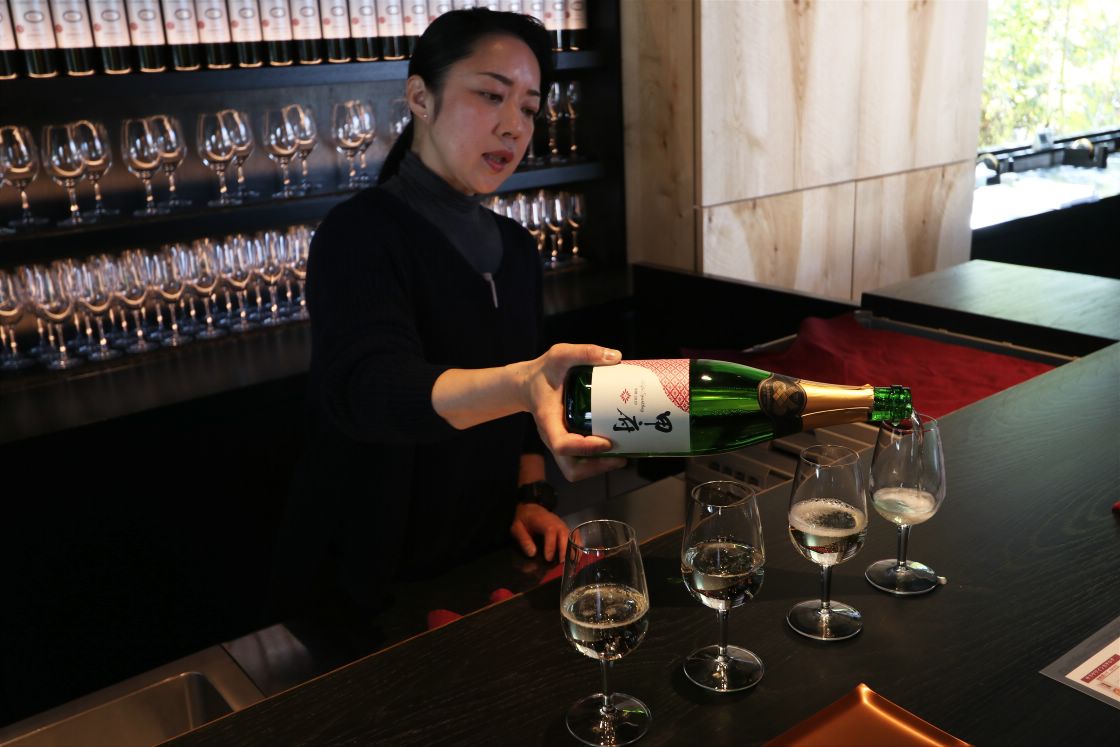
For visitors who prefer beer to wine, Hops and Herbs is a cosy and welcoming bar located fifteen minutes on foot from the station, notable for its prize-winning line of Outsider craft beers brewed downstairs in the city's first and only microbrewery.
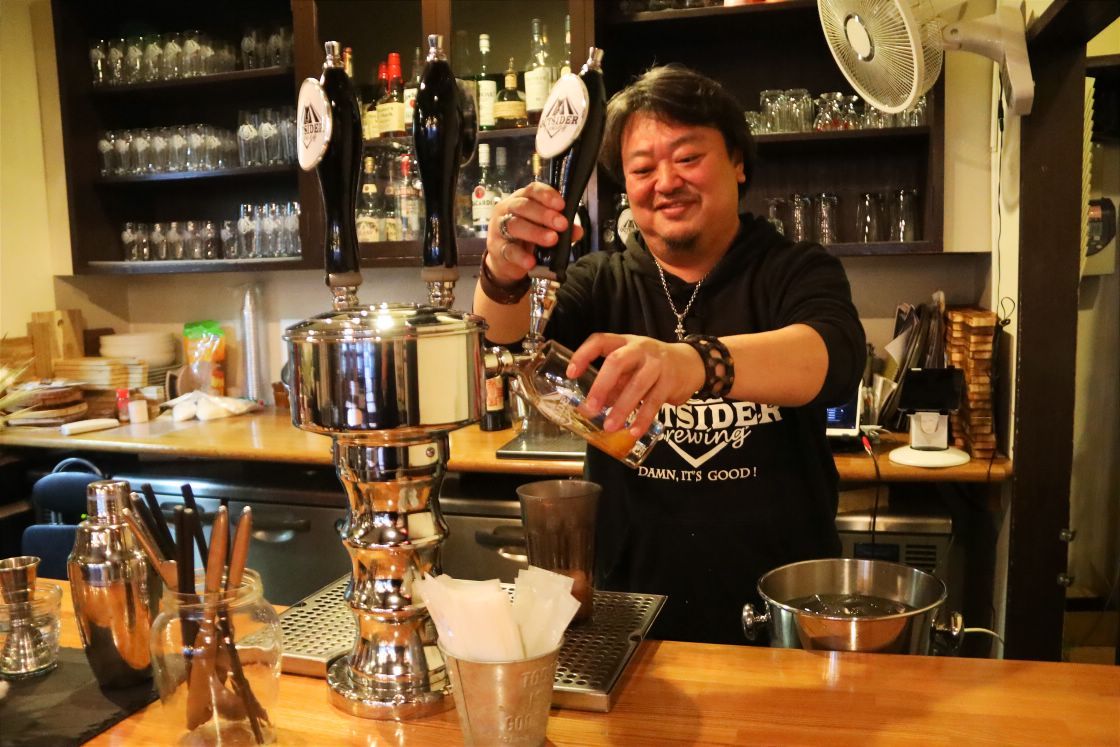
Making my way back to the station, I jump on the local bus to nearby Yumura Onsen and the famous Tokiwa Hotel, a luxurious hot spring ryokan built in grand style around a beautifully landscaped garden and noted for the famous authors like Masuji Ibuse to find inspiration there.
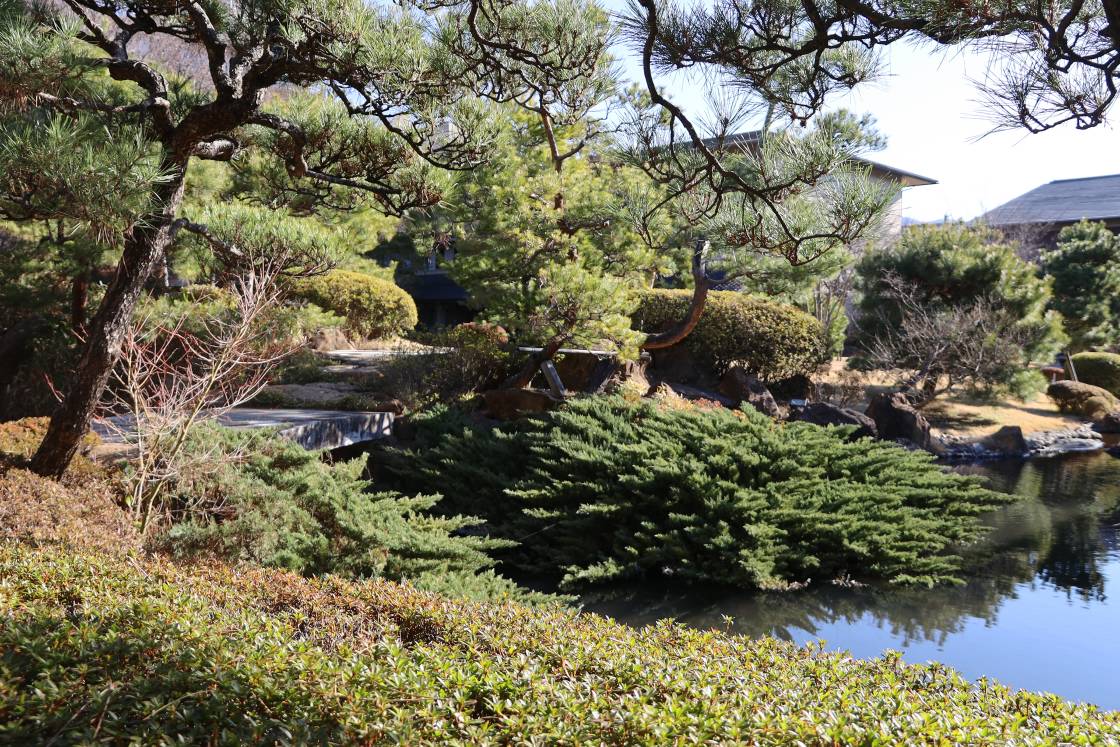
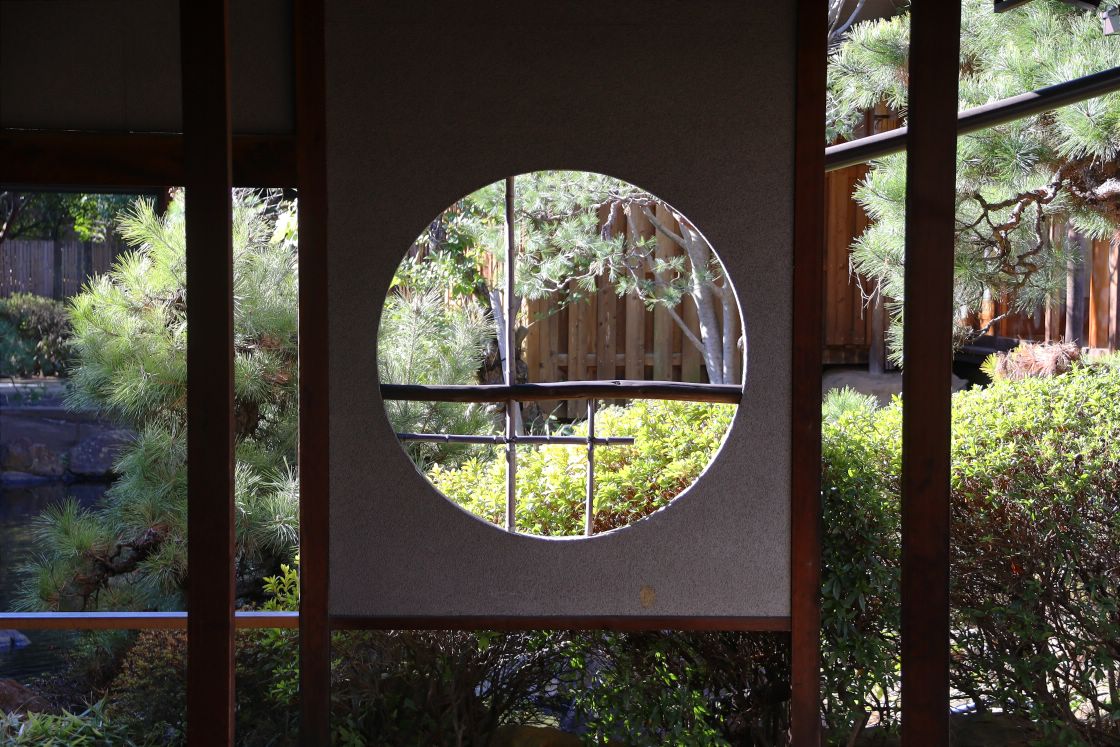
In addition to the standard rooms in the main building, the garden is enclosed by rows of separate sukiya style cottages, the more luxurious of which boast private open air hot spring baths and have hosted numerous distinguished guests from famous artists to members of the Imperial family.
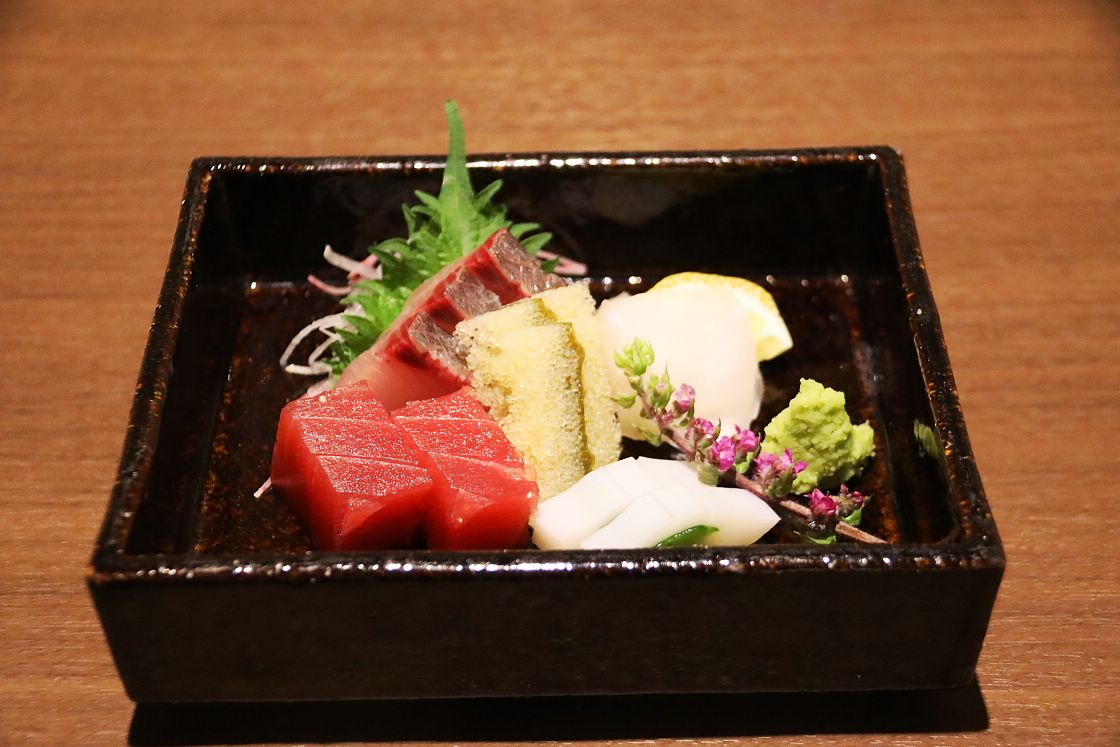
My evening kaiseki meal is a delight, served in a private restaurant booth and ranging from light bites of shrimp and tempura to a warming hot pot of pork and vegetables, a plate of beautiful sashimi, seared slices of mushroom and wagyu and finally a light desert. I end the day with a dip in the gender segregated grand baths, where the natural hot spring water leaves behind a pleasantly silky balm on my skin.
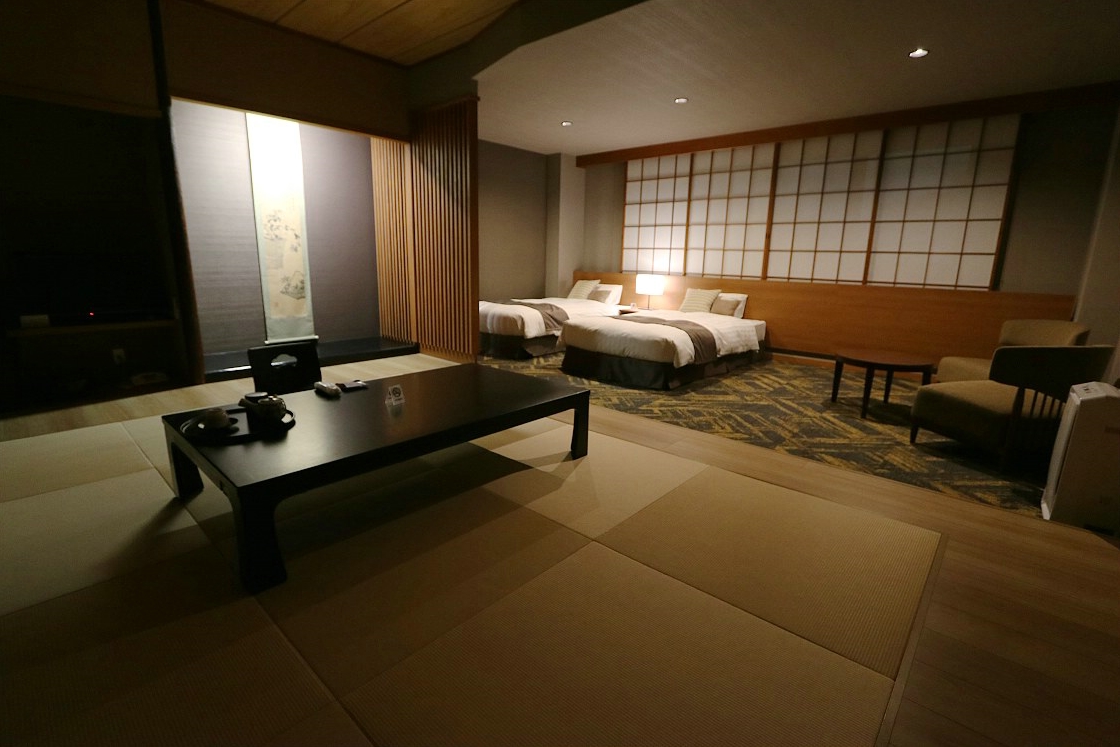
Day 2
The following morning I make my way north of the city by bus to the Shosenkyo Gorge, where the Arakawa river winds between steep cliffs, jutting rock formations and beautiful red pine bursting from craggy stone surfaces.
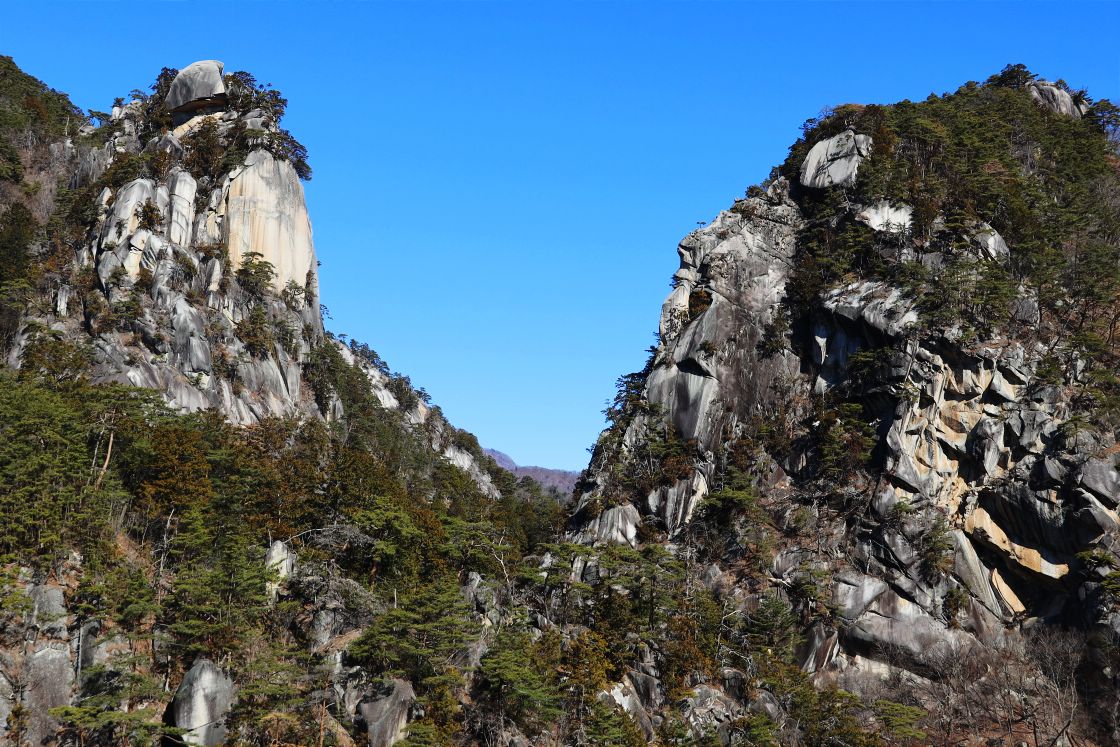
My first stop is the Shadow Art Museum, a small gallery dedicated to the work of shadowgraph artist Fujishiro Seiji. Inside, intricate collages showing fairies, animals and other characters are arranged over soft lights, creating a dreamy, fairytale glow. A separate exhibition also contains a variety of paintings and prints, including work by ukiyo-e master Kuniyoshi.
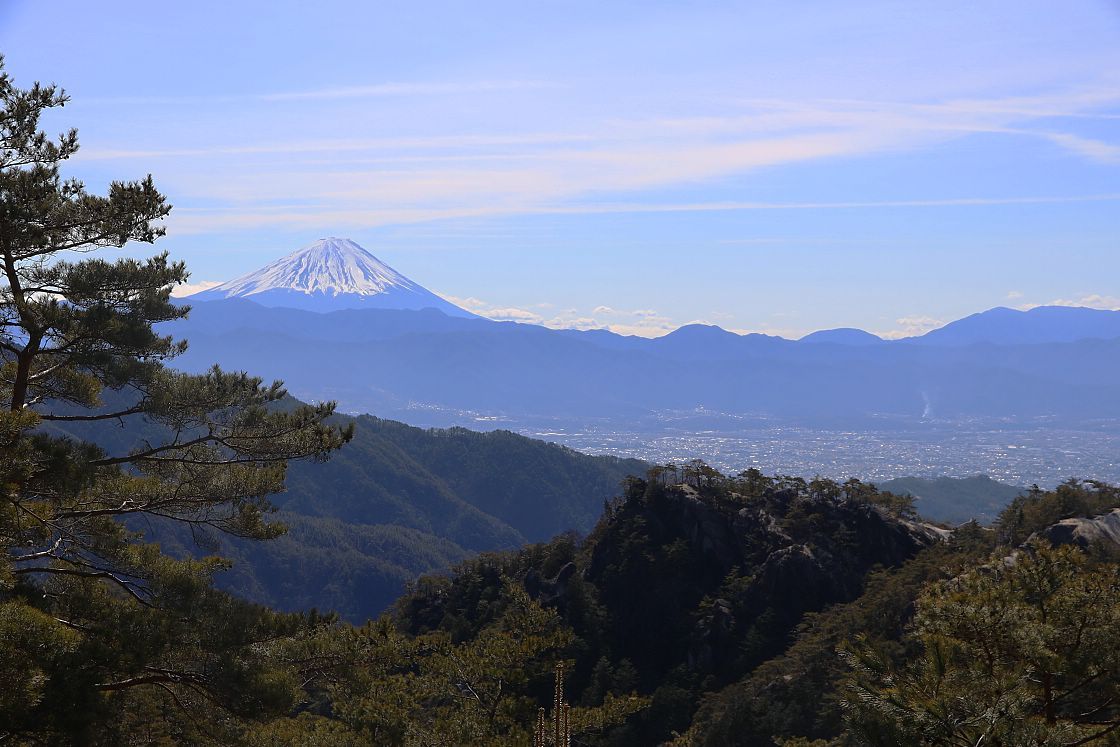
From the gallery, a five minute stroll brings me to the base of the Shosenkyo Ropeway, which smoothly carries me up to the summit of Mt Yasaburo. Arriving at the upper station, I am immediately met by a jaw-dropping view of Mt Fuji, Kofu city and the Uguisu valley to the west.
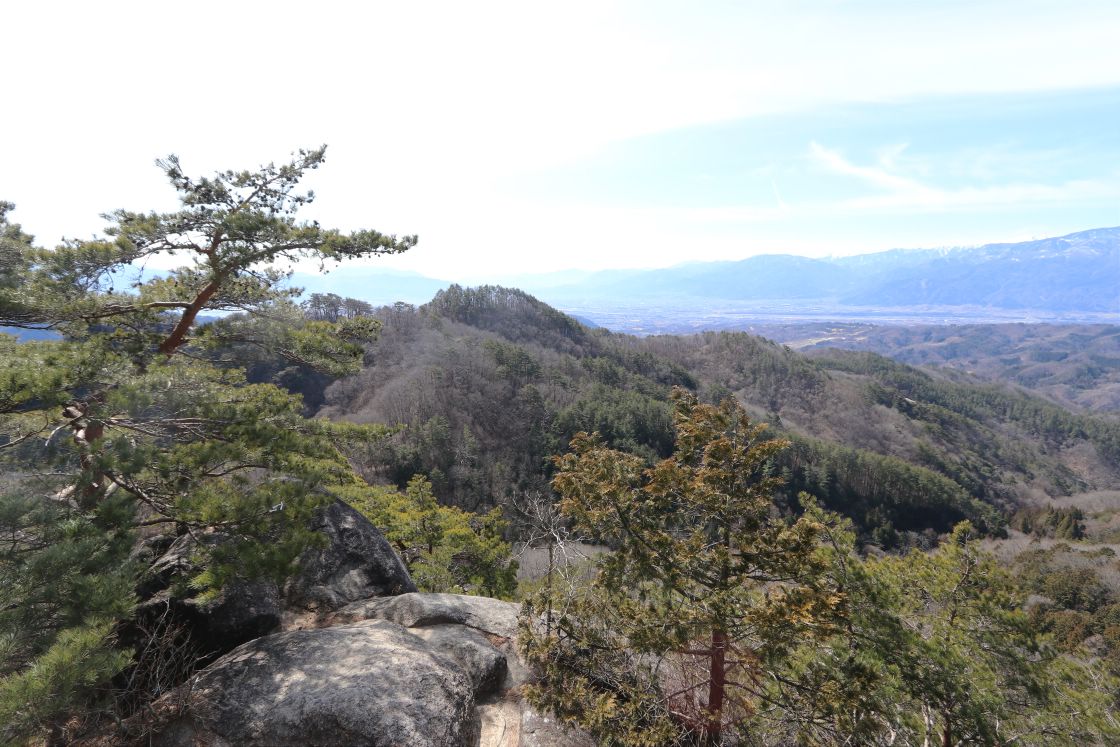
Beside the viewing platform is the Yakumo Shrine and the remains of centuries-old sacred tree, as well as a number of "power spots" believed to channel positive energy. A path along the ridge to the south-east brings me past another viewpoint, then over knotted tree roots and steep stone steps onto the narrow peak of Yasaburo Dake. Clear of the thick forest to either side, the view opens into an incredible 360 degree panorama and the sun reflects brilliantly on the smooth white limestone underfoot.
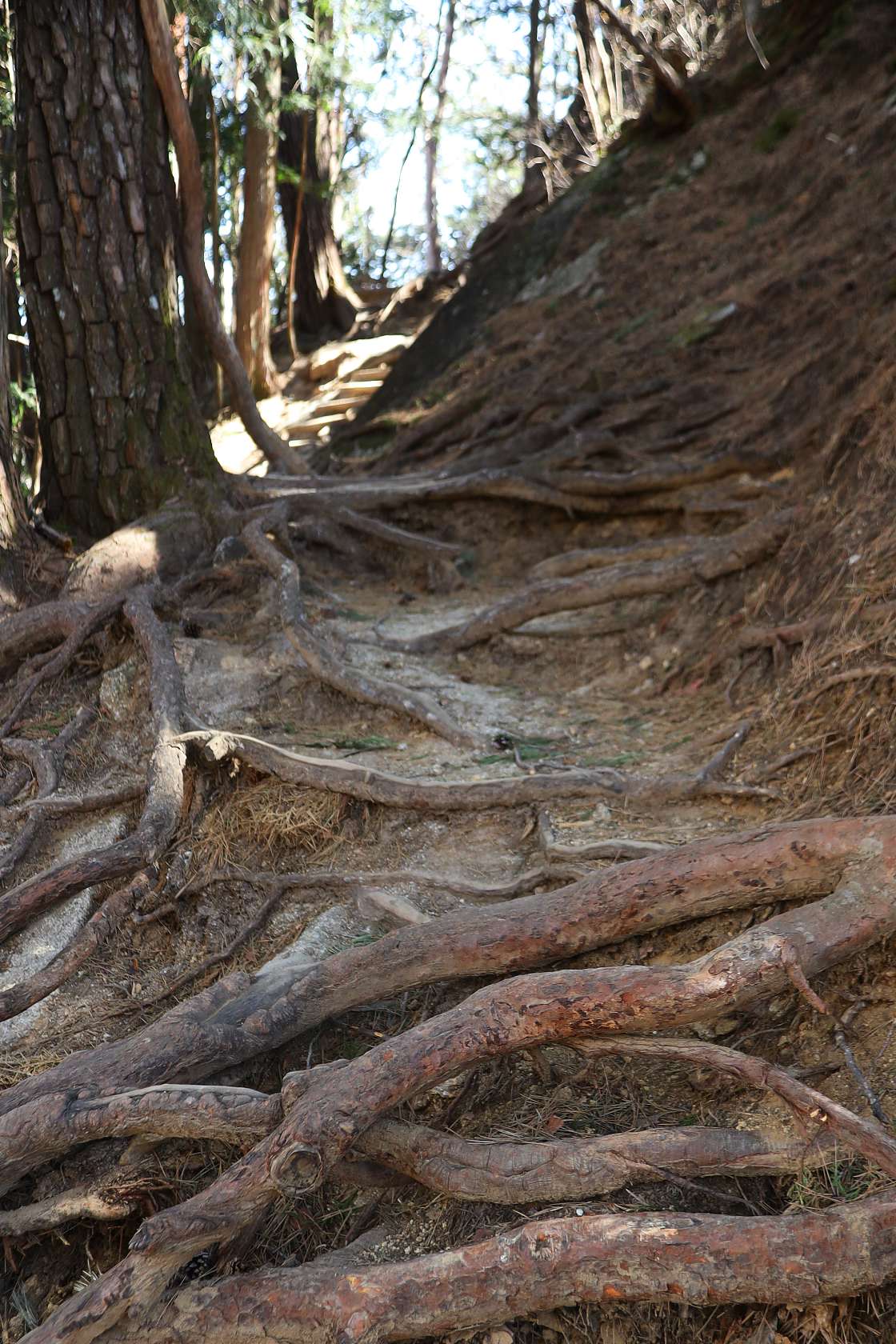
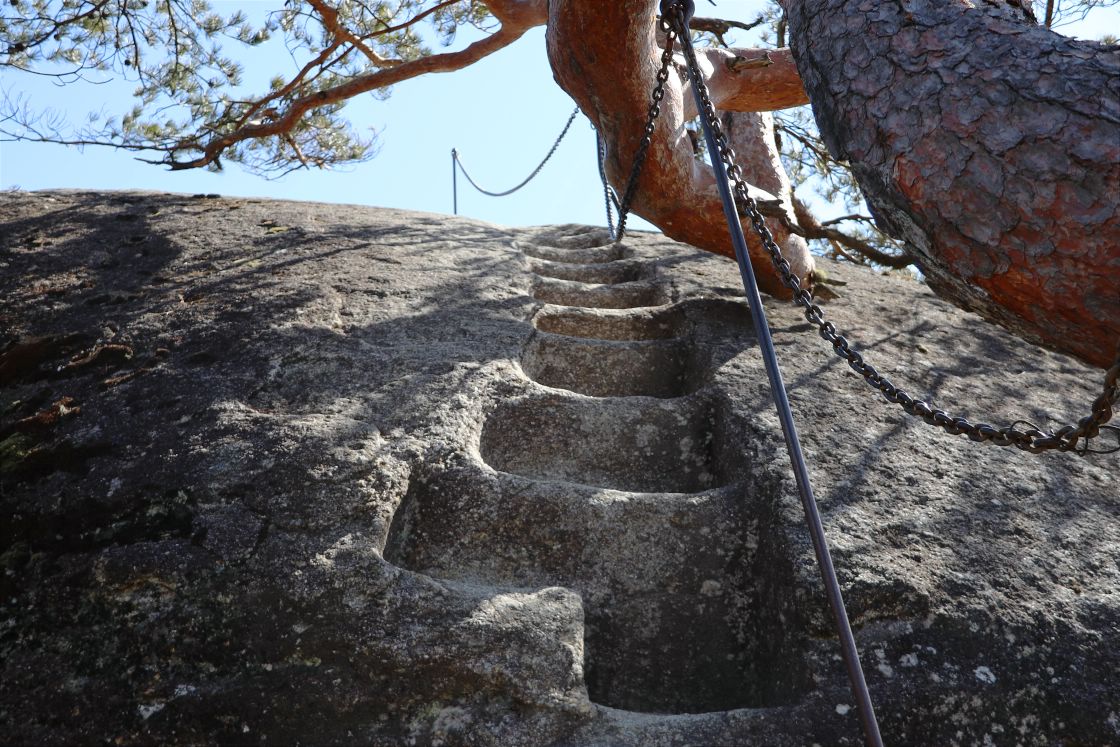
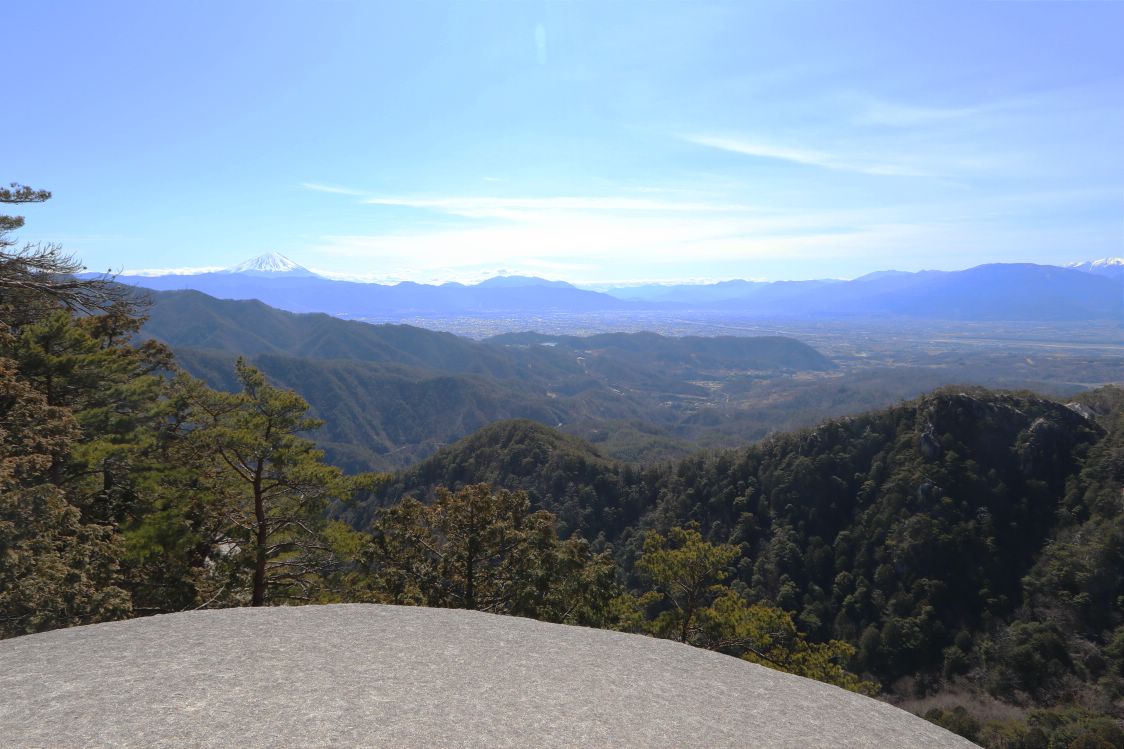
Back at ground level, I am given a warm and friendly welcome at the cosy riverside Cafe Terroir, where I enjoy a very tasty plate of sandwiches and a parfait with what I'm sure are some of the freshest and most delicious strawberries I've ever eaten, before making my way about thirty minutes uphill to the atmospheric Kanazakura Shrine.
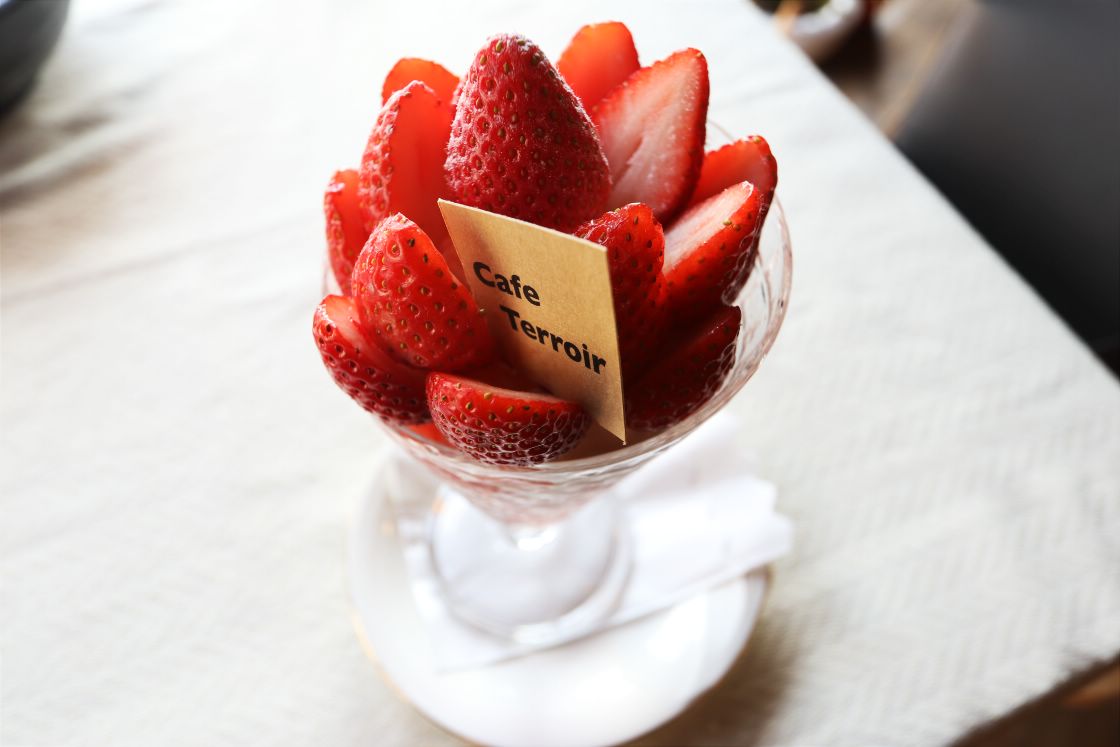
Sitting atop a steep stone pathway flanked by huge sacred cedar trees, the shrine is notable for its decorative motif of dragons bearing crystals on their tails.
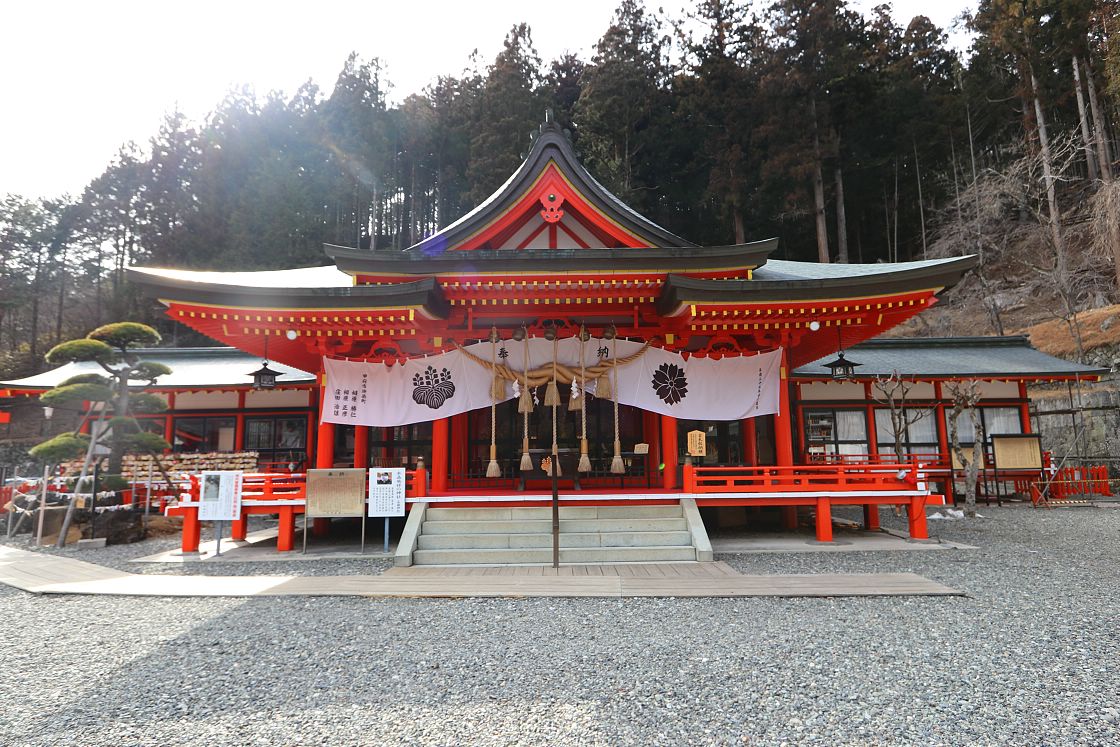
With my time in Kofu coming to an end, I retrace my steps to the river and follow the valley downhill, passing a series of spectacular rock formations - the Sengataki Waterfall, the twin peaks of Kakuenpo and Tengu Rock, and an archway of two separate rocks called the Ishimon resembling a mother and infant. The final stretch of the valley is known for a series of smaller rocks with colorful local nicknames like "monkey rock", "goblin rock" or "buddha rock".
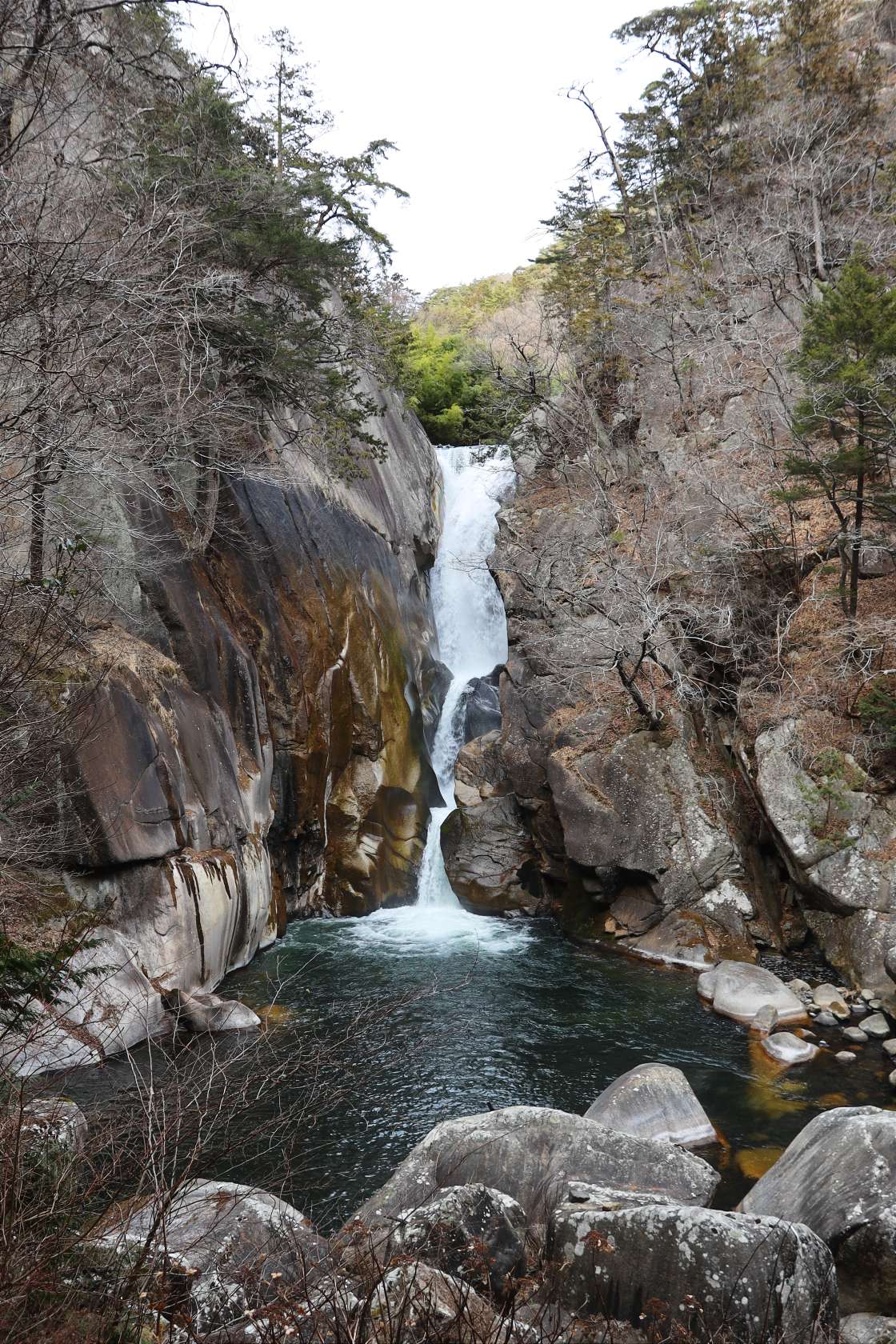
Access
From Shinjuku Station, take the Ltd Express Azusa or Kaiji (about 90 minutes, 3,890 yen one-way, two departures per hour) to Kofu Station.
Alternatively, you can take the Yamanashi Kotsu Highway Bus from Shinjuku Terminal to Kofu Station (2 hours 10 minutes, 2,200 yen per person, one departure per hour).
